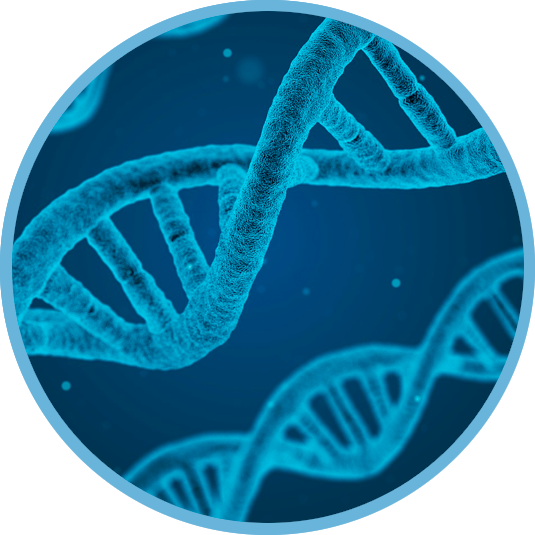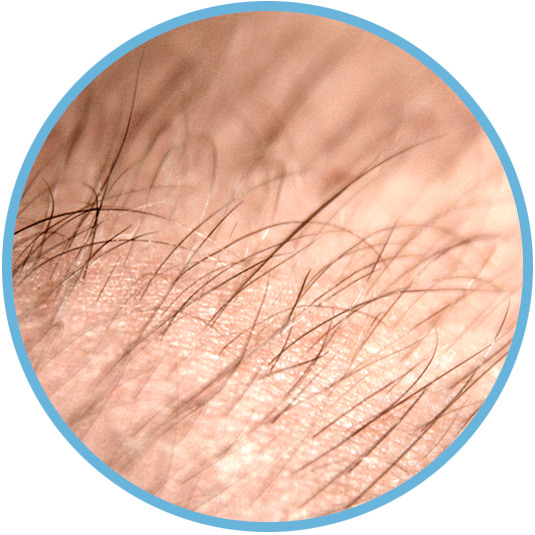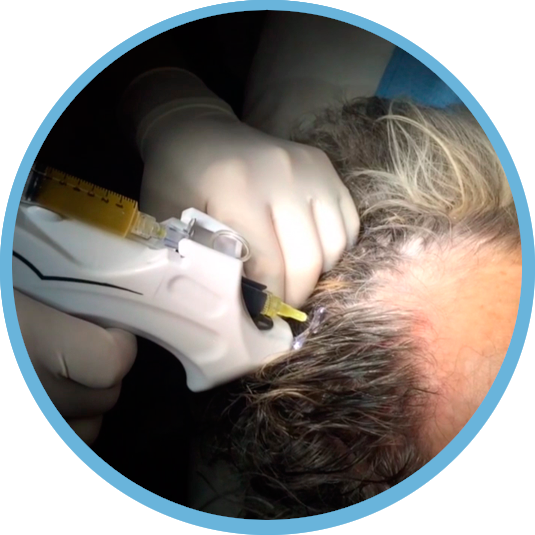Using PRP to tackle alopecia
The PRP – Plateled Rich Plasma based procedure is one of the most promising frontier in biotechnology application to plastic surgery. This method takes advantage of the stem cells characteristics to regenerate human tissues. In latest years, influential studies and empirical evidences have showed the validity of PRP in tackling hair loss. Hair loss prevention, hair regrowth and thickening are the expected results one year later the operation.
For more information, see the follow-up page about PRP and alopecia.


Who can use the PRP-based hair treatment?
Methods based on PRP - Plasma Rich Platelet showed great results against androgenetic alopecia, most common hair loss disorder affecting both sexes, mainly white men. The procedure is not suitable for everyone, but only a deepen analysis of the person's condition can decide upon the application.
For more information, see the follow-up page about PRP and alopecia.
What's the PRP-based treatment about?
The procedure has to be performed only in licensed clinics and every session takes less than one hour. PRP is extracted from a little blood sample collected from the patient himself. Then, a tool that allows to inject PRP in selected areas of the scalp is used, and it allows to calculate the suitable depth of needle penetration without any pain for the patient.

PRP and
hair loss
Biotechnologies and stem cells
to contrast hair loss
Using PRP to tackle alopecia
The PRP – Plateled Rich Plasma based procedure is one of the most promising frontier in biotechnology application to plastic surgery. This method takes advantage of the stem cells characteristics to regenerate human tissues. In latest years, influential studies and empirical evidences have showed the validity of PRP in tackling hair loss. Hair loss prevention, hair regrowth and thickening are the expected results one year later the operation.
For more information, see the follow-up page about PRP and alopecia.
Who can use the PRP-based hair treatment?
Methods based on PRP - Plasma Rich Platelet showed great results against androgenetic alopecia, most common hair loss disorder affecting both sexes, mainly white men. The procedure is not suitalbe for everyone, but only a deepen analysis of the person's condition can decide upon the application.
For more information, see the follow-up page about PRP and alopecia.
What's the PRP-based treatment about?
The procedure has to be performed only in licensed clinics and every session takes less than one hour. PRP is extracted from a little blood sample collected from the patient himself. Then, a tool that allows to inject PRP in selected areas of the scalp is used, and it allows to calculate the suitable depth of needle penetration without any pain for the patient.